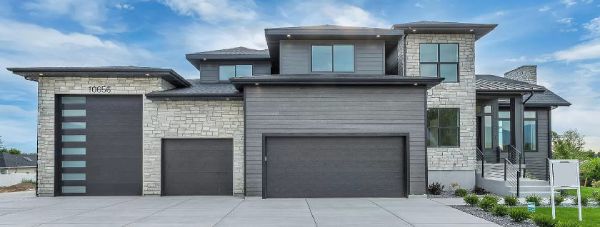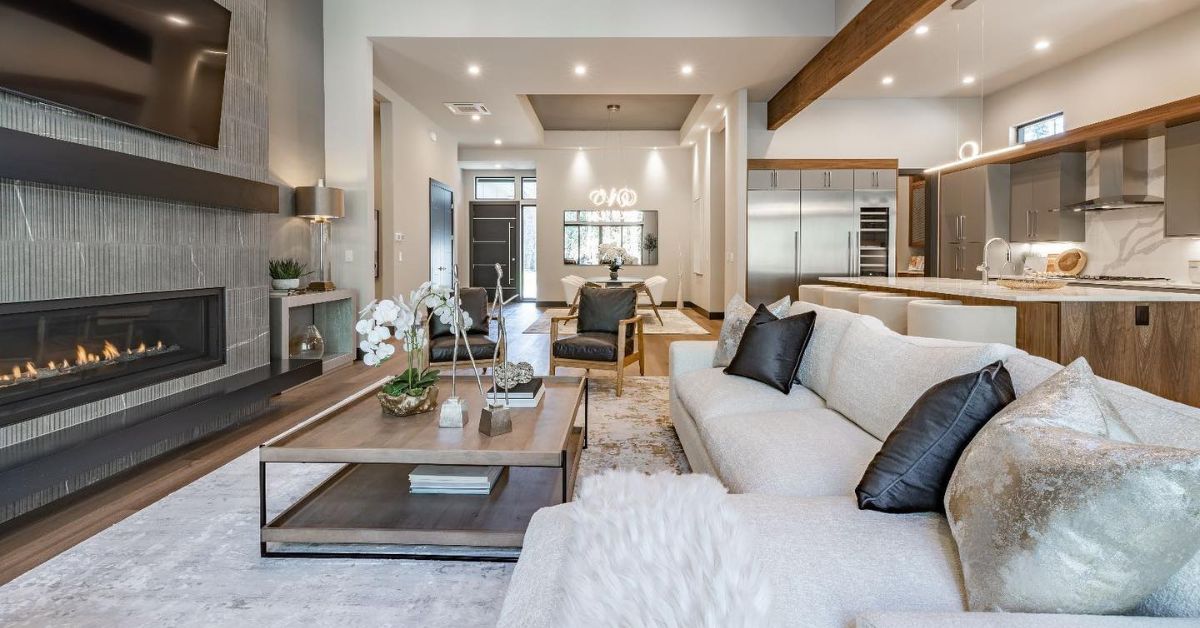Want to create a modern, sophisticated and stylish living room? Then a minimalist design might be for you. Minimalist design is characterized by clean lines and simple shapes, with minimal furniture and decor. The goal is to create an open space with few distractions so that your eye can focus on the beauty of the room itself. Here are some ideas for creating minimalist living rooms:
Monochromatic Design
Monochromatic design is an easy way to create a cohesive look in your living room. While it may seem like you have to choose one color and stick with it, there are actually many different shades of each color that can be used in a monochromatic scheme.
For example, if you want to go with blue as your main hue, consider using navy blue, teal blue, and turquoise as complementary colors. You could also use light blues like baby or sky blue–though these might need some help from other hues (like white) in order to really pop!
Neutral Color Palette
One of the best ways to achieve a minimalist look is to use a neutral color palette. Neutral colors are calming, relaxing, and easy to combine. They also allow you to change your furniture or accessories more often without having to worry about matching new items with existing ones.
For example, if your living room has a light brown sofa with cream-colored walls and flooring then it would be very easy for someone else who loves this same style but wants something different from their current decorating scheme (maybe they have purple walls now) to come over and add some colorful pillows or throw blankets without making any adjustments at all!
Grey and White Living Room
Grey and white is a classic combination that never goes out of style. The grey is a neutral color, so it will blend with any other colors you choose to decorate with. White is the most popular color to use in living rooms, so it will create a good contrast with your grey furniture.
If you want to add some warmth to your space, consider adding warm-colored accents like burgundy or gold instead of using bright reds or yellows which can make the space feel cold and sterile.
Beige and Grey Living Room
If you want to add some warmth and texture to your living room, there are many ways to do so. But if you’re looking for something that’s easy on the eyes and won’t take up too much space in your home, consider going with beige and grey living room design. By combining these two complementary colors together, you’ll create a space that feels cozy while still allowing each piece of furniture or decor item its own personality within the overall scheme of things.
Sophisticated and Modern Minimalist Living Room Design
If you’re looking for a minimalist design theme that’s both sophisticated and modern, this is the one to go with. It’s all about simplicity.
Here are some tips:
- Use grey, black, and white as your main colors of choice. You don’t want to overdo it on color here — Just stick with neutral shades that will make your space look spacious and sleek.
- opt for modern furniture pieces like glass tables or metal chairs in lieu of more traditional wooden ones (unless they’re super rustic). This will give off an airy vibe while still remaining elegant enough for guests who don’t mind sitting on bar stools instead of couches!
- Keep lines straight throughout the room – From flooring patterns up through ceiling designs and use simple geometric shapes such as triangles or squares whenever possible when decorating items like rugs or lampshades so nothing clashes together visually when seen from across distances leading towards windows overlooking city streets outside buildings nearby.
A minimalist living room design uses colors and textures that are soft, natural and inviting.
- The most important thing to remember when designing a minimalist living room is to make sure the space looks inviting to the eye. You want people to feel comfortable spending time there so they can relax after a long day at work or school!
- This can be achieved by using lots of light-colored furniture pieces with natural fabrics like linen or cotton material on them. Also, try using some interesting decorative items such as vases filled with fresh flowers for an extra pop of color (but don’t go overboard).
Conclusion:
A minimalist living room design uses colors and textures that are soft, natural and inviting. It doesn’t have to be boring or bland. You can use different patterns and shapes within your space that will accentuate your furniture pieces and add interest without taking over the entire room. Play with different shades of grey as well as white tones for a look that feels fresh but still classic at the same time.





